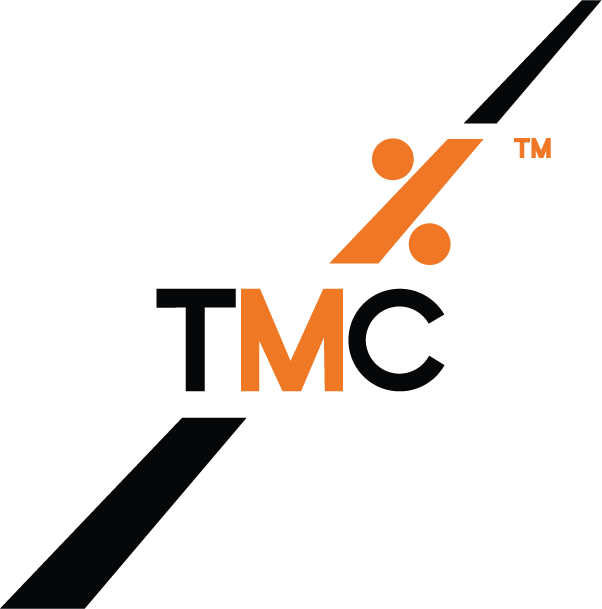Are you aware that when it comes to electric vehicle reimbursement, you have options?
Before any electric vehicles are deployed, you need to have a charging infrastructure and policy in place. The majority of EV charging is carried out at home and the ability for employees to charge at home is a significant factor in the success of EV adoption.
You will also need to decide how you will reimburse employees for charging and set up the process prior to EVs being deployed.
TMC can help with the above.
Businesses have three options when it comes to reimbursing EV drivers for business mileage:
- Advisory Electric Rate (AER) of 9p per mile
- Reimburse at Actual Cost
- TMC EV Rates
Whatever method is chosen, TMC have made the process simple for both the driver and business.
We also have an easy to use system for pay and reclaim public charging and offer an electric charge card that can be used to pay for charging at 92% of the UK’s public charge points.
How electric vehicle reimbursement works
Drivers record their business mileage on the go via our app, via our online system or we can take a telematics feed.
We audit every business journey.
For actual cost reimbursement, drivers provide details of their energy supplier and tariff. We take a feed from OCCP enabled charge points, or drivers can declare their domestic charge activity.
We consolidate the home charging costs with any charging on company premises or via public charge points and calculate what is owed to the driver based on the business and private mileage split.
TMC can reimburse through the employee’s energy supplier directly or provide a monthly payroll file and driver statement to the employer.
Actual Cost
Reimbursing at actual cost is the fairest solution.
TMC can include domestic and public charging and take account of any employer paid-for charging.
- Drivers provide TMC with information on their electricity provider – including the tariff and a copy of their electric bill.
- We can take feeds from OCCP enabled charge points (from employee’s homes or the business premises), or drivers can declare their charging activity.
- We can credit directly through the energy supplier or provide payroll files to the employer, together with a reimbursement statement for employees.
For commercial vehicle drivers with telematics it’s even simpler. Once they have supplied details of their energy supplier, tariff and home postcode, we can auto reimburse them. We take their telematics feed and overlay their charging events with the longitude and latitude to identify when the vehicle is charged at their home and reimburse them accordingly.
AER
Businesses can apply HMRC’s Advisory Electric Rate (AER) of 9p to reimburse electric vehicle drivers for business mileage.
For companies that opt to use the AER, TMC use the business mileage data to calculate the reimbursement due. Although a straight-forward solution, there is some concern that it puts drivers out of pocket. Indeed, TMC’s analysis of real world costs has shown that 9p/m doesn’t necessarily cover the cost of domestic charging for electric vehicles. And when more expensive public charging is used, 9p/m can be far away from the actual cost to the driver for many vehicles.
Some employees could even end up being over-paid which means a fairer, more representative solution may be preferable.
TMC EV Rate
Alternatively, some businesses are using the real world cost per mile that TMC have calculated for charging for each electric vehicle in the market.
Plug-In Hybrids
The success of PHEVs relies heavily on drivers charging them as much as possible. In the right hands, PHEVs will deliver financial, social and environmental benefits but if not regularly charged, they cost more in fuel than traditional petrol and diesel vehicles – please see these articles in The Guardian and on the BBC that use our real world data, for more info.
PHEV drivers can be encouraged to maximise use of the electric motor through your reimbursement policy i.e. by paying an electric reimbursement rate for the first proportion of the journey i.e. the first 20-50 miles, depending on the vehicle.
Pay and Reclaim Public Charging
If you decide to go down the pay and reclaim route, employees can use our market leading system to reclaim the costs incurred for business mileage.
- Drivers can track their business mileage on the go using our GPS enabled app, or they can log their business mileage through our online system.
- Drivers upload their receipts via the system or the app by taking a picture using their phone.
- We audit each claim to ensure it complies with your policy.
- At the end of the month they submit their month end odometer reading so we can work out the business/private mileage split
- We provide you with a payroll file to reimburse them for their business mileage.
Electric Highway Payments
Alternatively, we work with a number of fuel card providers to offer your drivers a fuel card that can be used for public charging as well as fossil fuels. Perfect for fleets that include pure electric, PHEV and fossil fuel vehicles. As with pay and reclaim, we audit every business journey and separate private and business mileage and provide a payroll file so that any private mileage can be deducted from the employee. You can find out more here.
Blended reimbursement rate
The rate used to reimburse electric vehicle drivers can be a blended rate of home and public charging, taking any charging using company charge points into account.
If an employee uses public charging for all/the majority of their business trips, the calculation can use the cost per mile for public charging first and then apply the home rate for any additional business mileage, again taking off any charging that has already been paid for by the company if they have used company owned charge points.
Charge cards could also be considered for employees who rely heavily on public charging.

